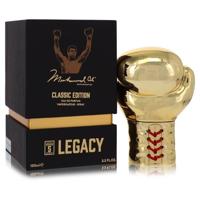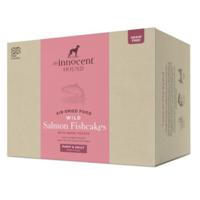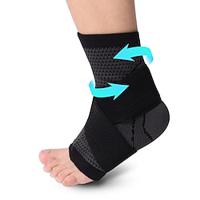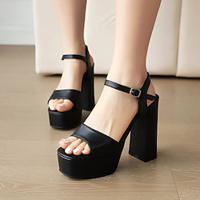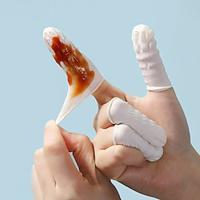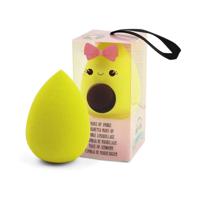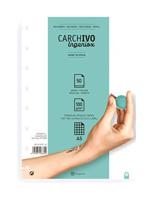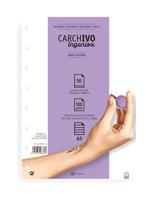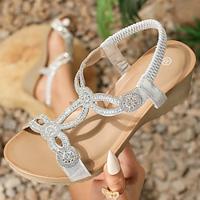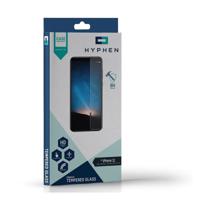9.63
4.81About Bandages
Injuries can happen anytime and anywhere. And when it comes to providing high-grade protection to small wounds, what better way than applying the bandages. That’s one of the reasons why you can find them as a common item in every pharmacy and first aid kit. But, do you know about them and how to use them correctly and effectively?
Technically, speaking a bandage is mostly used to hold a dressing in place, and usually, it never comes in direct contact with a wound. In fact, you can also use the bandages to support a splint, to support the body, or to restrict a part of the body. However, remember having the bandages in hand is not enough; you must know how to dress the wound with these bandages appropriately. You can treat minor cuts or wounds at home or even on the road. But, more extensive lacerations may need a more precise dressing. In this article, we shall look at some of the significant types of bandages and their uses, plus a few tips to make a wise decision when buying them online.
The significant types of bandages
Bandages come in an array of shapes and sizes, with different materials effective for treating several types of wounds. By the way, did you know that the engineers have also designed a bandage that senses the temperature and even releases medicine? In short, whether you suffer from a sprain or an open wound, you’ll find bandages for every type of injury. And applying the right kind of injury is necessary to reduce pain. However, due to lack of knowledge, we tend to use the wrong bandages, which hardly proves effective. That’s why it’s important to know and understand their various types. Well, to make things easier for you, today, we give you a detailed overview of bandages and their utility. Check them below!
The triangular bandage
One supply you should always have in your first aid kit is the triangular bandage. The bandage is typically a loose-weave cotton cloth in the shape of a triangle. You can use this versatile first aid tool in several ways to treat various types of injuries. Generally, you fold these items in the shape of a rectangle and place it over a large wound to absorb blood and stop bleeding. In other words, it functions as a trauma pad. In fact, you can use two of these kinds, one for stopping the blood and another to wrap the wound around. Besides, you can also use them to treat a wound on the forehead or at the back of the head. But, remember it should not cover the mouth, nose, or ears.
The elastic adhesive bandage
The elastic adhesive dressings, unlike the other ones, are thin textile strips that adhere to the skin. This bandage protects a small to medium-sized wound or scab. In other words, the item ensures that the site of abrasion stays clear of friction, bacteria, damage, or dirt, enabling the healing process to proceed undisturbed. Some models even have antiseptic properties to accelerate the healing rate and reduce infection. Most of these bandages usually come with woven polyurethane, polyethene, or latex. Generally, one side of the bandage has an adhesive applied to stick securely to the skin and help hold wounds together. In other words, they’re convenient, inexpensive, and protect wounds reasonably well.
The best blister bandages
Blisters go hand in hand with running, particularly ultra-running. And when you get a bad one, you’ll end up with a limp. Well, that’s when a blister bandage proves to be a quick fix. You can ease the pain with these specially designed plaster. You’ll find them from small patches, the thick tapes to even gels. One of the famous examples and the one that’s currently trending on the market is the BSN medical tape. The tape is very tough. It’s incredibly sticky, and it’s unlikely to come off when you run. So, once you put it on, know that it’s for the rest of the race. Similarly, you’ll find many such models like Dr Frederick’s original better blister bandages, Compeed, Bodyglide foot, and so on.
The waterproof bandages
Waterproof bandages are a revolution in themselves. Women and swimmers must’ve heaved a sigh of relief when these came into being, as they do offer protection from moistures. In short, these are similar to your regular bandages except that they provide extra protection in wet conditions. That is, they stick longer than dressings that have no waterproof claim. The bottom line in wet, potentially dirty conditions, it would be nice to use a waterproof bandage for a little bit of extra protection. Additionally, most of these items have a peel-apart wrapper, that helps you quickly rip apart the dressing when you need to dispose of them after use.
Tips on how to buy Bandages online
Indeed, you’re now familiar with the most popular types of bandages and how you could use them. So, what’s the next step? Well, of course, SHOP! But wait, do you have everything that you need to know to buy bandages online in UAE? No! There are several other factors that come into play when you want to purchase the bandages online. We’ve rounded up a few essential tips, tricks, and aspects that you need to keep in mind while buying a dressing.
- Knows their types – Undoubtedly, one of the first and foremost things to do is to know and understand the various types of these plasters. Having a sound knowledge about the product you intend to buy will always come in handy when purchasing them. Understanding their features, specs, uses and unique characteristics help you prepare in the best possible way.
- Consider the type of wound – Of course, knowing their types is essential, however, to pick them correctly; you need to assess your wound types and their severity. For instance, you can use small band-aids for minor cuts or bruises. However, if you have lacerations, then you need to get yourself bigger and appropriate bandages.
- Check out the quality – Nothing is as essential as the quality of these plasters. That’s because they often come in direct contact with your bruised or cut skin. And any cheap elastic bandages or low-quality plasters will just make things worse. In other words, quality is paramount. You need to pick ones that come in premium quality to avoid any infections or aggravation of the wound.
- Assess the material – Of course, you do not want to have something stuck on your wound, that’s highly uncomfortable, hard and irritating. In other words, you must consider the material of the plasters to avoid any inconvenience. Generally, the plaster sheet come in a woven fabric, plastic, or latex. But, you must pick the one that’s suitable for your needs.
- Check out the dimensions – As mentioned earlier, you’ll find several types of plasters that are available in various sizes and shapes. However, your choice should depend on the kind of wound you have. If you have a minor wound, you can pick ones that have smaller dimensions. But, your injury is severe, then you might require a larger dressing.
- Consider the price – Select a dressing that suits your budget need. However, do not favour quantity above quality. You should also look out for other functions like breathability and comfortability. In other words, those that come in cotton and polyester offer better comfort and breathability. But it might cost you more too. However, in the end, it’s your comfort.
You now know that these dressings are essential items that must be present in every first aid kit. But, by now you’ve also gathered that having the wrong bandage is probably useless and ineffective too. In other words, you must pick the right ones to experience their effectiveness fully. We hope the above tips and tricks will guide you in the right direction and help you choose the perfect one that best suits your needs.
Question & Answer
Are bandages reusable?
It depends. If you use them to cover a bruise, then it might last for a few days before it gets way too dirty, grubby, or worn out to reuse. However, if you’re covering a grievous bleeding wound, then you obviously wouldn’t want to use that bandage again! Therefore, reusing entirely depends on the kind of wound you have, the way you use the plasters, and their materials. Moreover, it also depends on the type of bandaid you are using. So if you are looking forward to several runs, it is better to look for a reusable bandage.
Can bandages cause infection?
Yes, with inappropriate use band-aids can also become the root of the infection. The wound is an area that gets dirty frequently just like your hands. Unhygienic practices can certainly cause infection in your injuries and lead to much bigger problems. Therefore, it’s imperative to keep your wounds neat, clean and sanitised. Be sure not to use dressings that have antiseptics or antibiotics on them. Also, make sure that you use the right dressing equipment for maximum comfort.
What bandages to use for cuts?
It entirely depends on the type of wound you’re about to deal with. Generally, you can leave the minor cuts open. They heal faster this way. However, if the cuts are deep or need extensive care, then dressing them is vital. Moreover, if the wound is in an area that easily gets dirty, then you can use an adhesive bandage or cover it with a piece of sterile gauze. Make sure you change the adhesive strip or gauze frequently to avoid any infection.
Which is the best bandage in the market?
Your injury types determine the kind of band-aid you need. However, be it an adhesive one or a regular plaster, the quality of each one is paramount. That’s why we recommend you to stick to trusted and popular brands. Check out the brands like Nexcare, Tubigrip, Band-Aid, Gypsona, Coflex, and Dynaplast offer high-quality products when it comes to bandaging. Luckily our search engine gives you access to all top brands with endless products from around the globe.
Where to buy bandages?
Be it a bandage wrap or high-quality waterproof bandages on sale; you’ll find them all at Shops.ae. What’s more, you can shop them from one of the popular online stores only on our product search engine . Apart from that, you can also shop for various other health & beauty products from several other online shops. However, we will always suggest you consult your physician, before using any such product. Also, make sure you are not compromising on the quality of the product.
Applying bandages cab be tricky but purchasing them is even trickier. But, we hope this article will act as leading light throughout your buying process and help you end up with a product that satisfies your needs. So, start shopping from over 500 online stores online!

